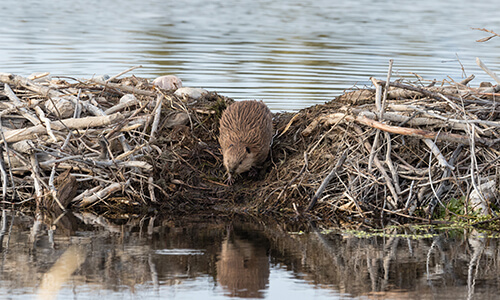5 | Summary
Summary
- A natural resource is a naturally occurring substance or environmental condition that can be utilised in some way.
- Natural resources may be used directly or undergo processing before use.
- A renewable resource is a resource that is instantly replenished or replenished over a relatively short period of time.
- A non-renewable resource is a resource that is replenished over a long period of time or not at all.
- Earth can be considered as a system of interconnected spheres.
- The lithosphere consists of the crust and upper mantle.
- The hydrosphere includes all locations on Earth that contain water.
- The atmosphere is a mixture of gases that form a layer around Earth.
- The biosphere incorporates all parts of Earth where living organisms are found.
- Matter moves through Earth’s spheres in biogeochemical cycles.
- These include the water cycle, carbon cycle, nitrogen cycle, oxygen cycle and rock cycle.
- Matter moves over different timescales through biogeochemical cycles.
- They therefore incorporate both renewable and non-renewable resources.

Earth’s resources are not only used by humans. Here, a beaver is building a dam out of mud, rocks, branches and other plant materials to create a safe haven against predators.
(Image: Ronnie Howard, Adobe Stock)

